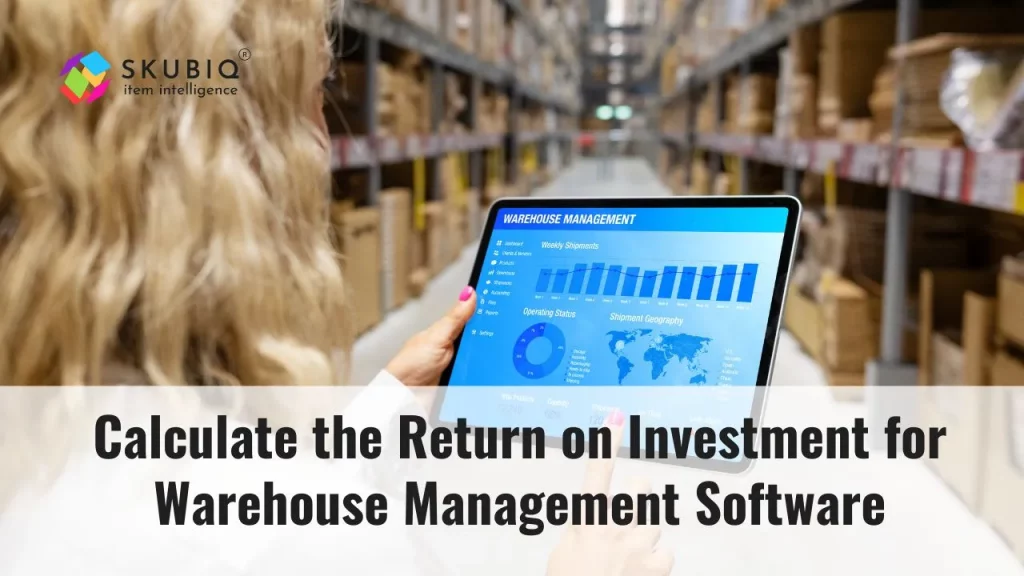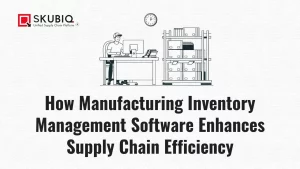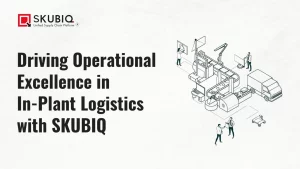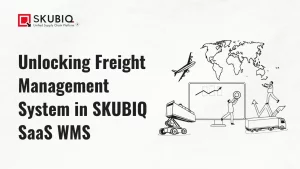In the modern landscape of logistics and supply chain management, Warehouse Management Software (WMS) has become an indispensable tool for optimizing operations. The implementation of WMS can lead to significant cost savings, improved efficiency, and enhanced customer satisfaction. However, understanding the Return on Investment (ROI) for such software is crucial before making an investment. This article provides a comprehensive guide on how to calculate the ROI for Warehouse Management Software, ensuring that your investment is both justified and beneficial.
Understanding the Components of ROI

Initial Investment Costs
The first step in calculating ROI is to determine the initial investment costs. These costs can be divided into several categories:
- Software Purchase or Subscription Costs: Depending on whether the WMS is a one-time purchase or a subscription-based service, these costs will vary.
- Hardware Costs: Implementing a WMS may require new hardware, such as servers, workstations, and barcode scanners.
- Implementation Costs: These include costs related to software installation, configuration, and integration with existing systems.
- Training Costs: Employees will need training to effectively use the new system, which can incur additional costs.
Ongoing Operational Costs
After the initial implementation, consider the ongoing operational costs:
- Maintenance and Support Fees: These are often recurring costs associated with keeping the software running smoothly.
- Upgrade Costs: Periodic upgrades may be necessary to maintain compatibility with other systems and to take advantage of new features.
- Energy Costs: Increased energy consumption due to additional hardware.
Quantifiable Benefits
The next step is to identify and quantify the benefits of using a WMS. These benefits can be categorized as follows:
- Labor Cost Savings: WMS can automate many manual processes, reducing the need for labor.
- Inventory Accuracy: Improved inventory tracking reduces the costs associated with errors, such as overstocking or stockouts.
- Improved Space Utilization: Efficient warehouse management can lead to better use of space, potentially delaying or avoiding the need for expansion.
- Enhanced Customer Satisfaction: Faster and more accurate order fulfillment leads to happier customers, potentially increasing repeat business.
Calculating ROI

Once you have detailed the costs and benefits, you can calculate the ROI using the following formula:
ROI = Net Benefit Total Investment × 100 ROI = Total Investment Net Benefit × 100
Where:
- Net Benefit = Total Benefits – Total Costs
- Total Investment = Initial Investment Costs + Ongoing Operational Costs
Example Calculation
Let’s assume your company invests in a WMS with the following details:
- Initial Investment Costs: $100,000
- Ongoing Operational Costs (per year): $20,000
- Labor Cost Savings (per year): $50,000
- Inventory Accuracy Savings (per year): $30,000
- Space Utilization Savings (per year): $10,000
- Customer Satisfaction Benefits (per year): $10,000
Over a period of 5 years, the calculations would be:
- Total Investment = $100,000 + ($20,000 \times 5) = $200,000
- Total Benefits (per year) = $50,000 + $30,000 + $10,000 + $10,000 = $100,000
- Total Benefits (over 5 years) = $100,000 \times 5 = $500,000
- Net Benefit = $500,000 – $200,000 = $300,000
Thus, the ROI is:
ROI = 300,000200,000 × 100 = 150% ROI = 200,000300,000 × 100 = 150%
Additional Considerations

Scalability
When calculating ROI, consider the scalability of the WMS. A scalable solution can grow with your business, providing long-term value and minimizing future investments in new systems.
Integration with Existing Systems
A WMS that integrates seamlessly with your existing systems (ERP, CRM, etc.) can lead to further efficiencies and cost savings. Ensure that the integration costs are included in your initial investment calculations.
Vendor Support and Reliability
The reliability of the WMS vendor and the quality of their support services can impact your overall ROI. A dependable vendor can minimize downtime and ensure your system is always running optimally.
Conclusion
Calculating the ROI for Warehouse Management Software involves a thorough analysis of both costs and benefits. By considering all aspects of the investment and its potential returns, businesses can make informed decisions that drive efficiency, reduce costs, and enhance customer satisfaction. With careful planning and precise calculations, the implementation of a WMS can lead to substantial long-term gains.
FAQs (Frequently Asked Questions)
1. What are the main benefits of Warehouse Management Software (WMS)?
WMS improves inventory accuracy, boosts labor productivity, optimizes space utilization, and enhances order fulfillment speed, leading to cost savings and higher customer satisfaction.
2. How is ROI calculated for WMS?
Calculate ROI by subtracting total costs from total benefits, then dividing by total investment. Multiply by 100 for the percentage. Include initial and ongoing costs, and quantify labor savings, inventory accuracy, and other benefits.
3. What initial costs are involved in WMS implementation?
Initial costs include software purchase or subscription fees, hardware expenses, implementation and integration fees, and employee training costs.
4. What ongoing costs should be expected with WMS?
Expect ongoing costs for maintenance and support, software upgrades, increased energy consumption, and other operational expenses.
5. How does WMS improve inventory accuracy and space utilization?
WMS automates inventory tracking, reducing errors and ensuring accurate stock levels. It also optimizes warehouse space through intelligent organization, maximizing storage efficiency.



